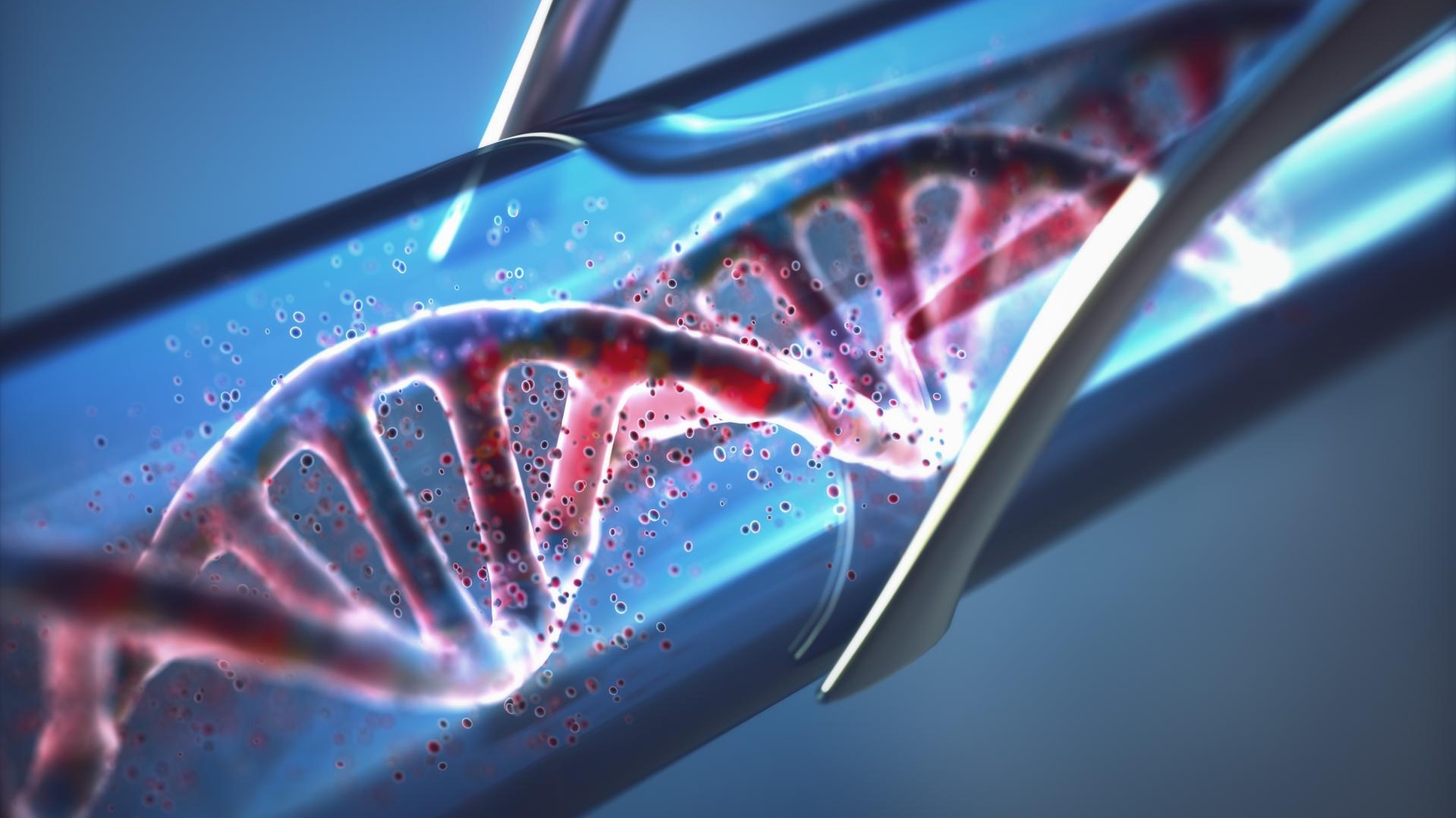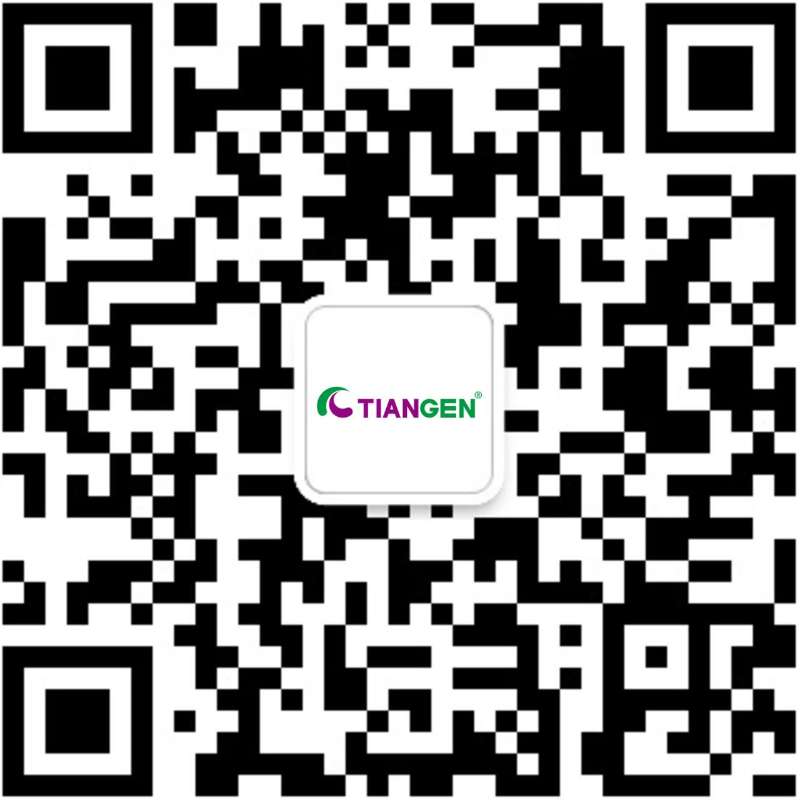
-
DNA Clean Up
After obtaining the DNA fragments, the adsorption material is generally applied to remove impurities and purify the DNA fragments. According to whether the DNA fragment to be recovered is a single band in the system, the purification of DNA fragments can be divided into two categories: direct purification and gel extraction.
Direct purification is suitable for situations where a single DNA fragment or all DNA fragments in a solution need to be recovered. After PCR or restriction digestion, the silica matrix material is applied to adsorb DNA. When the PCR products were added to the silica matrix membrane, the target DNA fragments will specifically bind to the membrane, while other impurities such as dNTPs, primer dimers, nonspecific fragments or DNA fragments with the size less than 100 bp will be filtered out. The excess impurities can be further removed by the subsequent washing step, and finally the target DNA fragment can be eluted with water or elution buffer.
Gel extraction is suitable for the selective recovery of one fragment from a variety of DNA fragments in solution. For subsequent experiments, the use of gel extraction is the most effective method. The specific and nonspecific DNA bands can be separated by agarose gel electrophoresis. Cut the gel at the position of the target fragment quickly and efficiently under ultraviolet light, and then obtain the target fragment by further purification. For high demand downstream experiments, it is recommended to use gel extraction, which can obtain higher-purity DNA compared to using direct purification method.




